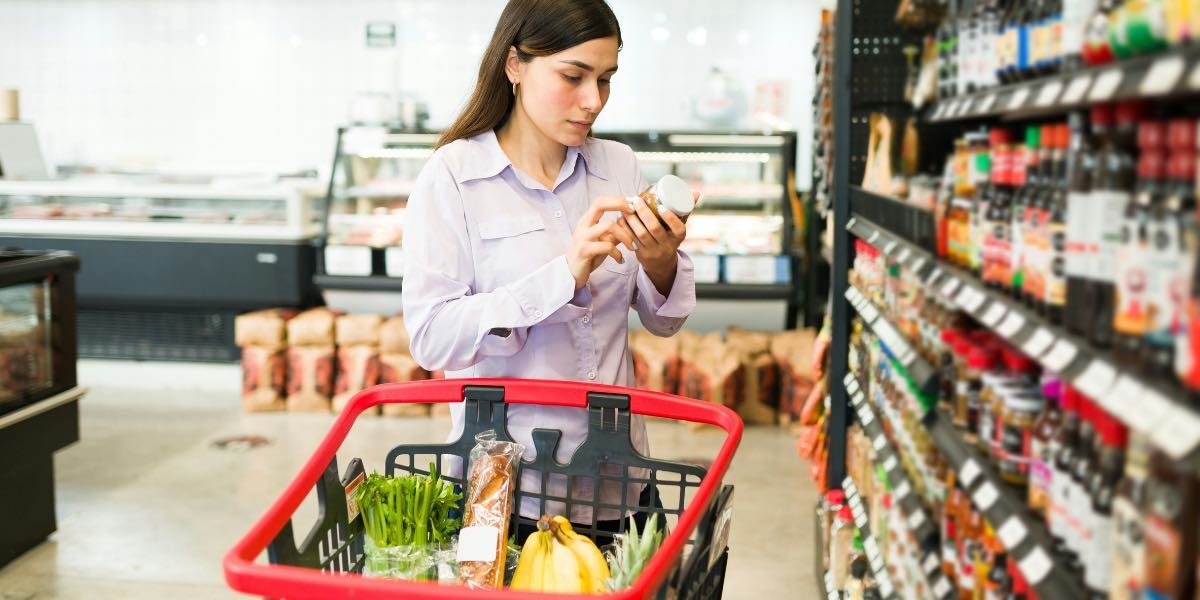Economic pressure often shapes consumer behavior in retail food shopping, especially when household budgets are limited. When faced with tighter finances, shoppers tend to become more intentional with their spending, focusing on affordability rather than convenience or brand preference. In metropolitan areas like Chicago or Madrid, consumers frequently shift their purchases toward basic staples such as rice, beans, and frozen vegetables, which offer longer shelf life and lower cost compared to more expensive processed or specialty foods. This kind of adjustment reflects an effort to maintain food security while managing rising living expenses.
In addition to choosing more affordable staples, consumers often pay closer attention to sales, discounts, and bulk purchasing options. Buying large quantities of non-perishable items allows families to reduce shopping frequency and secure better unit prices. In places where inflation has affected grocery prices, shoppers might visit discount stores or wholesale markets to take advantage of bulk deals. This behavior signals a move from spontaneous or impulse buying toward more deliberate and planned grocery shopping, highlighting how economic conditions influence not only what people buy but how they shop.
Read also: Becoming an Economist: Essential Qualifications and Skills
In What Ways Do Economic Conditions Affect Demand for Different Types of Food Products?
Economic fluctuations tend to affect demand differently across various food categories. In periods of economic strain, demand for affordable staple foods like pasta, lentils, or canned goods tends to increase, while sales of premium or luxury items often decline. In several European cities, it has been observed that consumers reduce spending on ready-made or gourmet meals during times of financial uncertainty, favoring more cost-effective, home-cooked options made from basic ingredients.
Fresh produce can be particularly sensitive to economic changes due to its relatively higher cost and shorter shelf life. In warmer climates or farming regions such as parts of Spain or Italy, consumers may shift their preferences toward seasonal and locally sourced fruits and vegetables, which often cost less than imported produce. This choice not only helps reduce grocery bills but can support local agricultural economies. Moreover, store-brand or private-label products tend to see increased demand when budgets are tight. These options often provide similar quality to national brands at lower prices, influencing how retailers stock their shelves and allocate space.
How Does Economic Pressure Influence Consumer Behavior Around Food Quality and Health?
Balancing food quality and health with budget constraints becomes a challenge under economic pressure. Some shoppers maintain efforts to purchase nutritious foods, while others may prioritize cost savings, which sometimes means opting for less expensive cuts of meat, frozen vegetables, or canned goods that still offer nutritional value but are more affordable. In regions with variable access to fresh foods, such as lower-income urban neighborhoods, economic pressure can intersect with limited availability, making healthier choices more difficult.
Cities with more diverse grocery options, including farmer’s markets or cooperatives, may provide better opportunities to access affordable and nutritious foods despite financial challenges. Consumers in these environments might incorporate seasonal fruits and vegetables or lean proteins that fit within tighter budgets. Nevertheless, the trade-off between healthfulness and cost is complex and varies by individual circumstances, reflecting a nuanced interaction between economic conditions and food choices.
What Role Does Economic Pressure Play in Shaping Retail Food Marketing and Product Offerings?
Retailers and food manufacturers often respond to changes in consumer spending power by adapting their product offerings and marketing strategies. When economic pressure increases, many stores expand their range of budget-friendly products to attract cost-conscious shoppers. In urban areas with diverse populations, smaller package sizes and value packs are often introduced to accommodate households that prefer lower upfront costs or have limited storage space.
Marketing campaigns during these periods frequently emphasize practicality, cost savings, and versatility rather than indulgence or premium quality. For instance, promotional materials might highlight meal ideas that use basic ingredients to create filling and nutritious dishes while staying within a limited budget. Retailers may also increase the visibility of private-label brands or in-house products that can compete on price without compromising on quality. This shift in focus shows how the retail food sector adjusts to economic realities by aligning product availability and messaging with consumer priorities.
Read also: The Role of Food Influencers in Shaping Modern Food Trends
How Might Ongoing Economic Pressures Influence Future Trends in Retail Food Demand?
Should economic pressures persist, retail food demand could continue evolving toward affordability and convenience balanced with nutrition. Consumers may increasingly favor versatile ingredients that serve multiple purposes, such as grains, beans, and root vegetables, allowing them to prepare diverse meals while minimizing waste. Bulk purchasing and shopping at discount or wholesale stores might remain common strategies as people seek to maximize value.
Demand for quick and affordable meal solutions could also shape product development. Manufacturers might focus on creating options that offer ease of preparation without premium pricing, appealing to busy households managing tight budgets. Regional variations in economic conditions will likely influence how these trends manifest; for instance, areas with strong local agriculture might see greater emphasis on seasonal produce, while densely populated cities may lean toward affordable convenience foods.
In a broader context, economic pressure influences retail food demand through complex interactions involving price sensitivity, product preferences, health concerns, and marketing approaches. Understanding these dynamics offers insight into how consumers adapt their food purchasing behaviors in response to financial challenges, shaping the evolving landscape of retail food markets.















